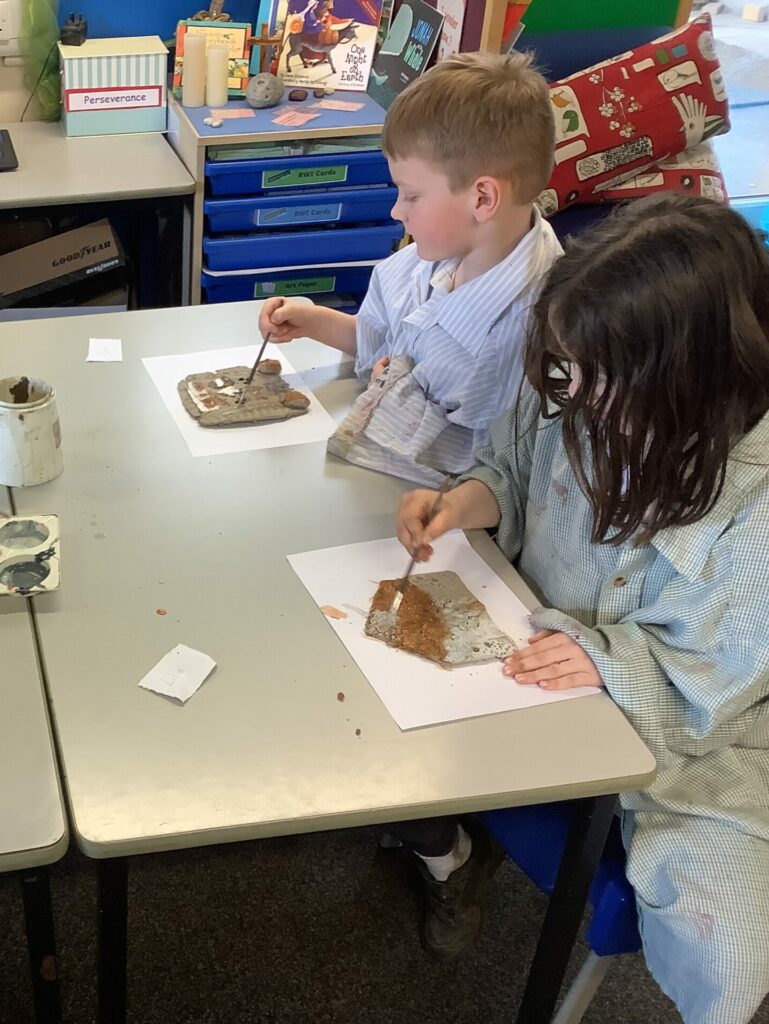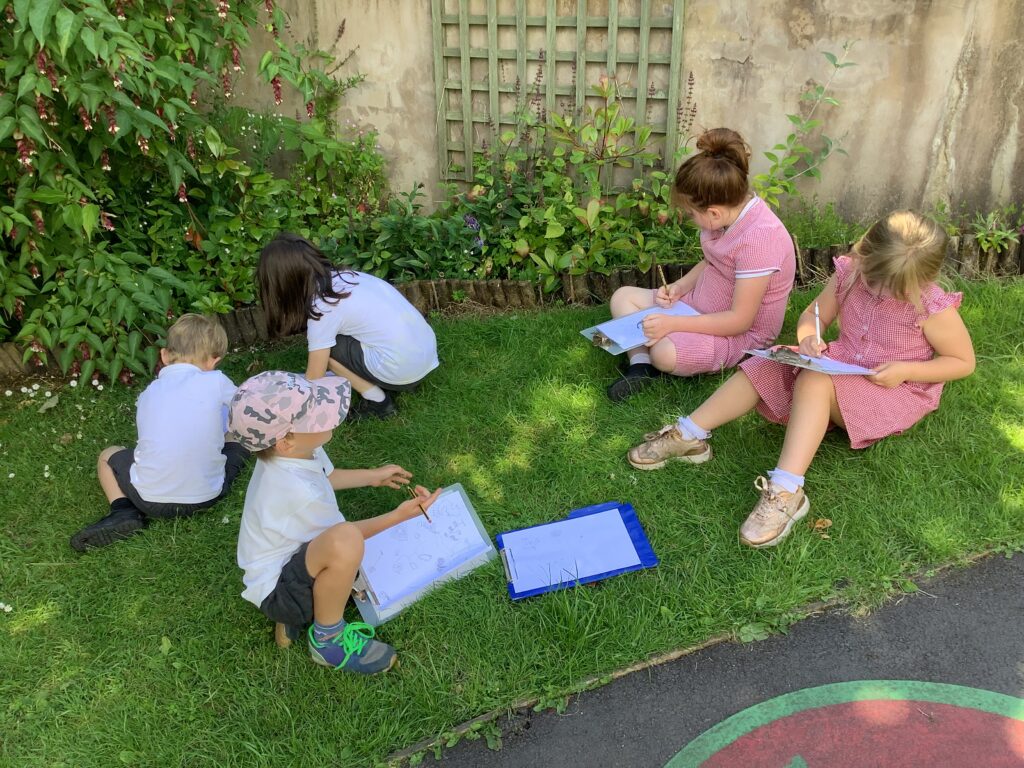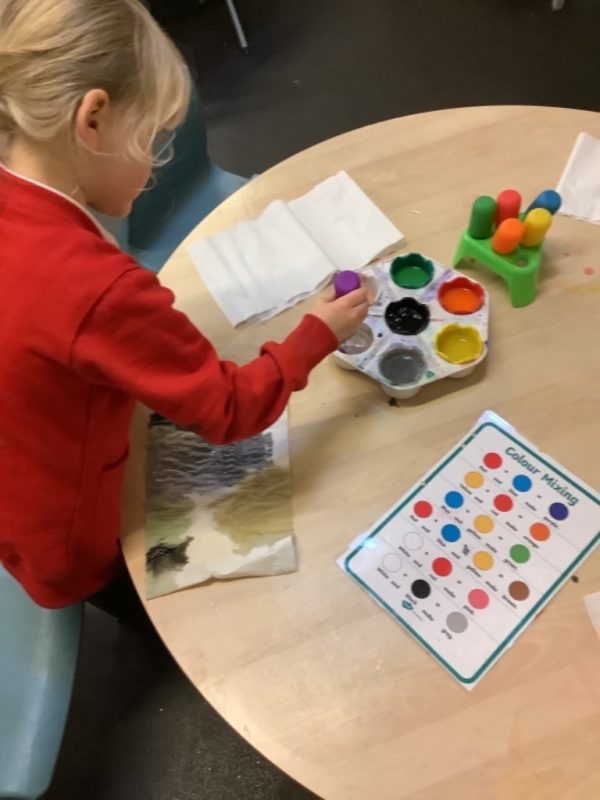- Grange-over-Sands,
- Cumbria LA11 6LE
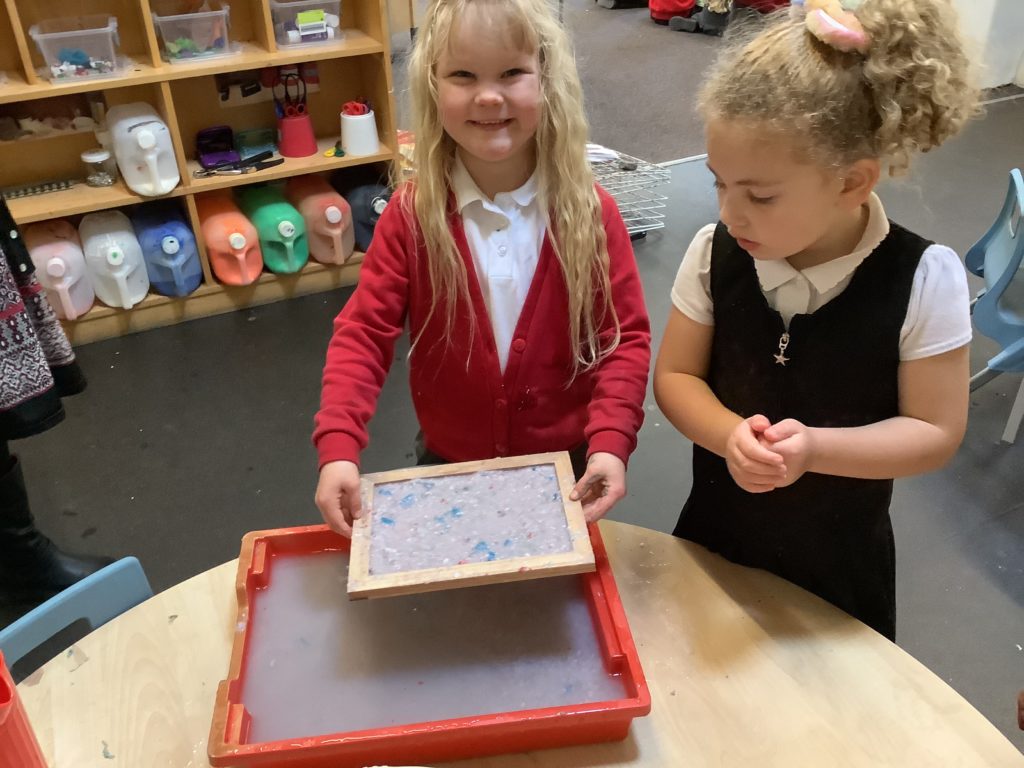
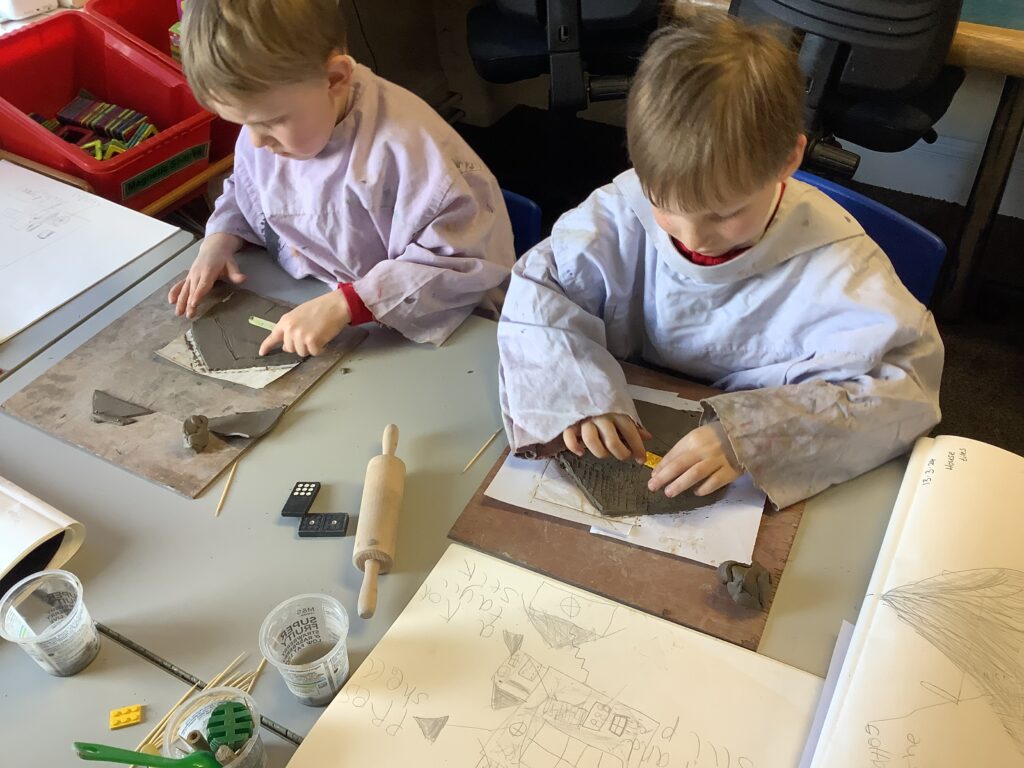
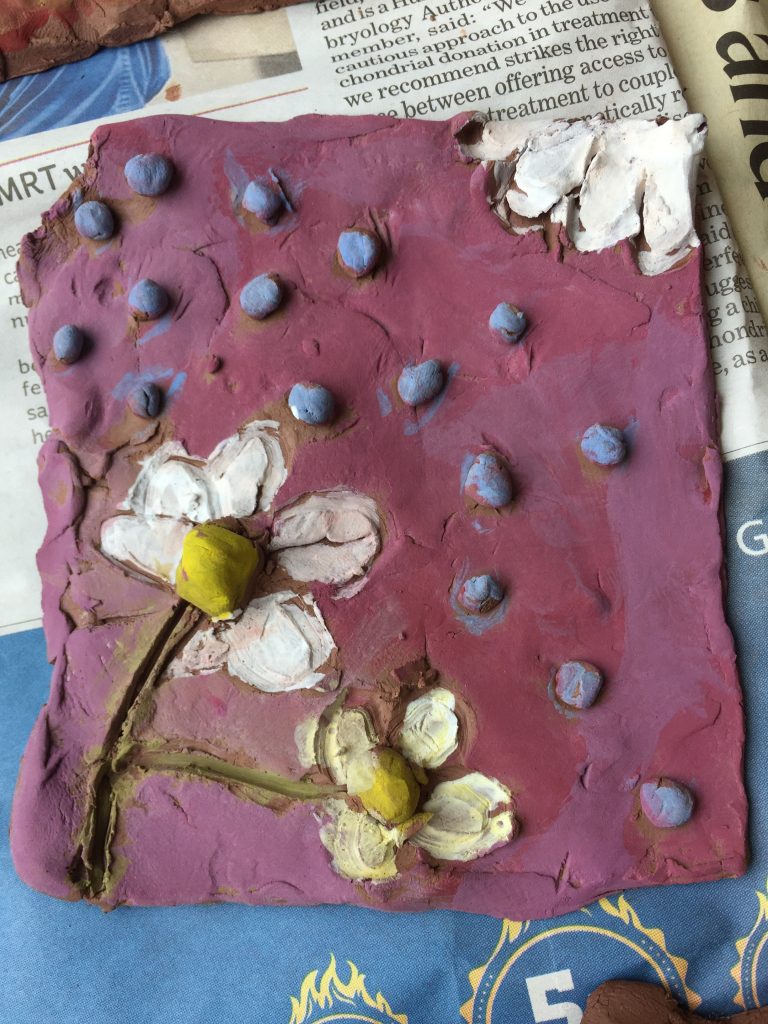
Subject Leader: Mrs Law
At Lindale CE Primary School, we provide pupils with a rich, engaging and expressive Art curriculum, allowing them to explore and experiment. Children develop skills which enable them to use their imagination to express and communicate ideas, thoughts and feelings. Children regularly examine the work of other artists; discussing and thinking critically about their work as well as using this to inform their own work. We use the Kapow scheme to deliver our Art and Design curriculum.
Five strands run throughout. These are:
● Generating ideas
● Using sketchbooks
● Making skills, including formal elements (line, shape, tone, texture, pattern, colour)
● Knowledge of artists
● Evaluating and analysing
Key skills are revisited again and again with increasing complexity allowing pupils to revise and build on their previous learning. Units are organised into four core areas:
● Drawing
● Painting and mixed-media
● Sculpture and 3D
● Craft and design
The expected impact is that children will:
★ Produce creative work, exploring and recording their ideas and experiences.
★ Be proficient in drawing, painting, sculpture and other art, craft and design techniques.
★ Evaluate and analyse creative works using subject-specific language.
★ Know about great artists and the historical and cultural development of their art.
★ Meet the end of key stage expectations outlined in the National curriculum for Art and design.
Our curriculum aligns with the National Curriculum for Art and Design which is detailed at the link below https://assets.publishing.service.gov.uk/media/5a7ba810ed915d4147621ca0/PRIMARY_national_curriculum_-_Art_and_design.pdf
